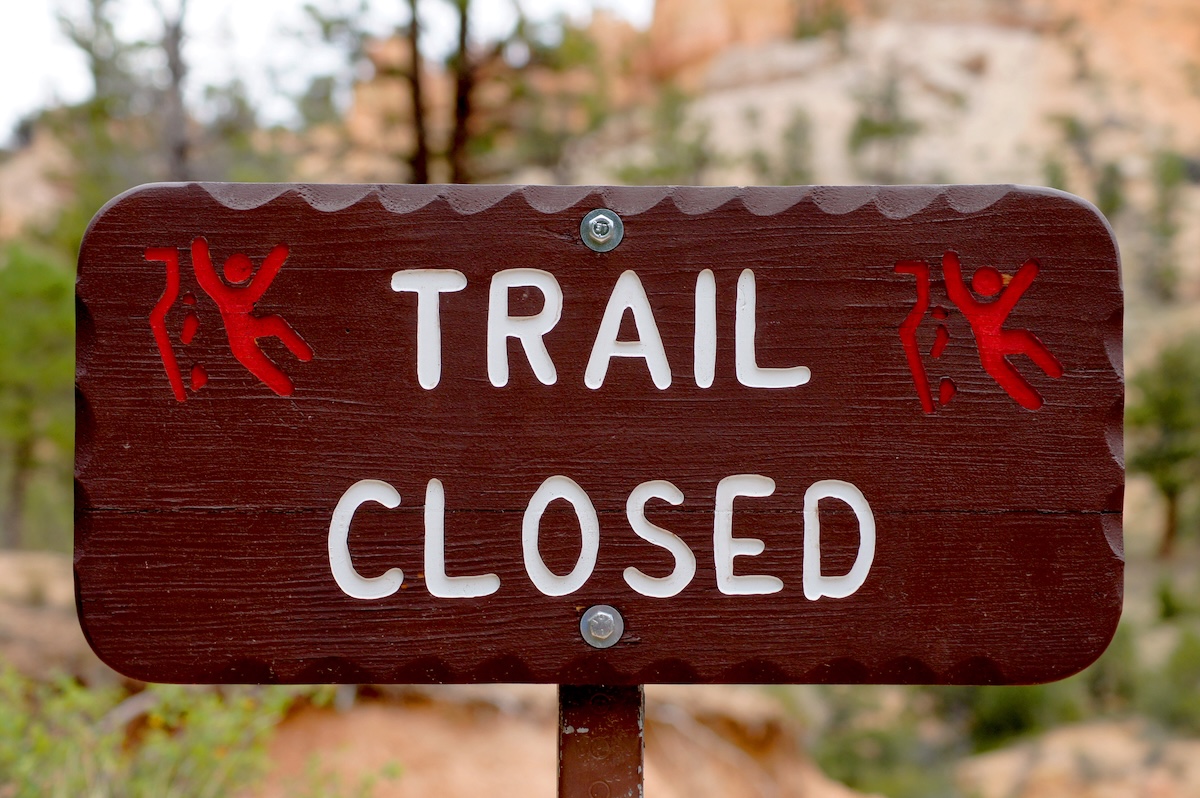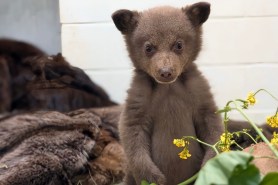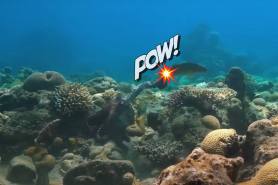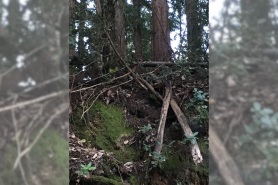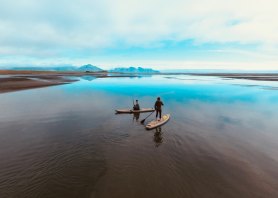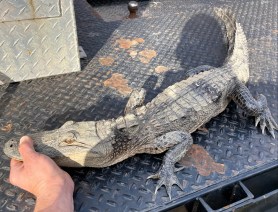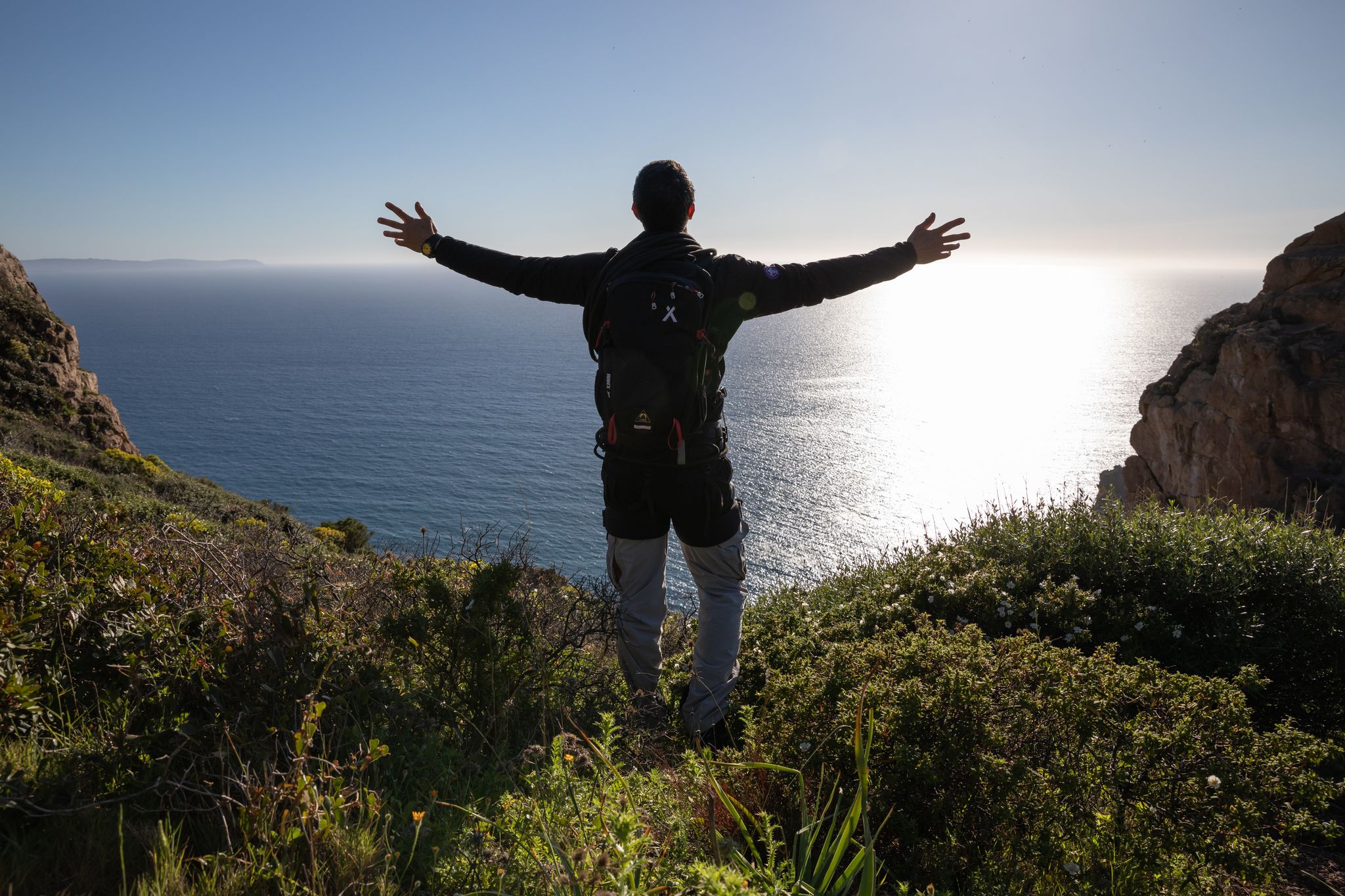

As a survival expert, Bear Grylls is used to foraging in the wild. One place he loves to forage is on the beach at the water’s edge, which he says is full of good, nutritious food.
Videos by Outdoors
“Wherever you are in the world, from the frozen wastes of the Arctic to the burning shores of Australasia, the seashore can be a life-giving source of ready nourishment,” says Bear in his book Extreme Food.
Disclaimer: Foraging for wild foods is not for beginners. Never eat anything you are unsure about. Many things growing on the sea shore are poisonous and can be deadly. Take caution and do your research before foraging and consuming anything foraged in the wild.
Seaweed
So what are Bear’s favorite foods to forage by the ocean? First, there’s seaweed.
“Seaweed might look a bit disgusting, but in fact it’s one of the best trail foods out there,” says Bear.
Seaweed has been used for food around the world for generations. It can be easy and quick to gather, and it’s a good source of protein and minerals, particularly iodine.
Bear’s tips are to harvest seaweed fresh from the water—don’t eat any seaweed that is laying on the shore—check it over for stones or shellfish, then wash it in fresh, purified water and boil it. When harvesting seaweed, only cut around a third of the top of the plant, so that it can grow back.
Varieties of Edible Seaweeds
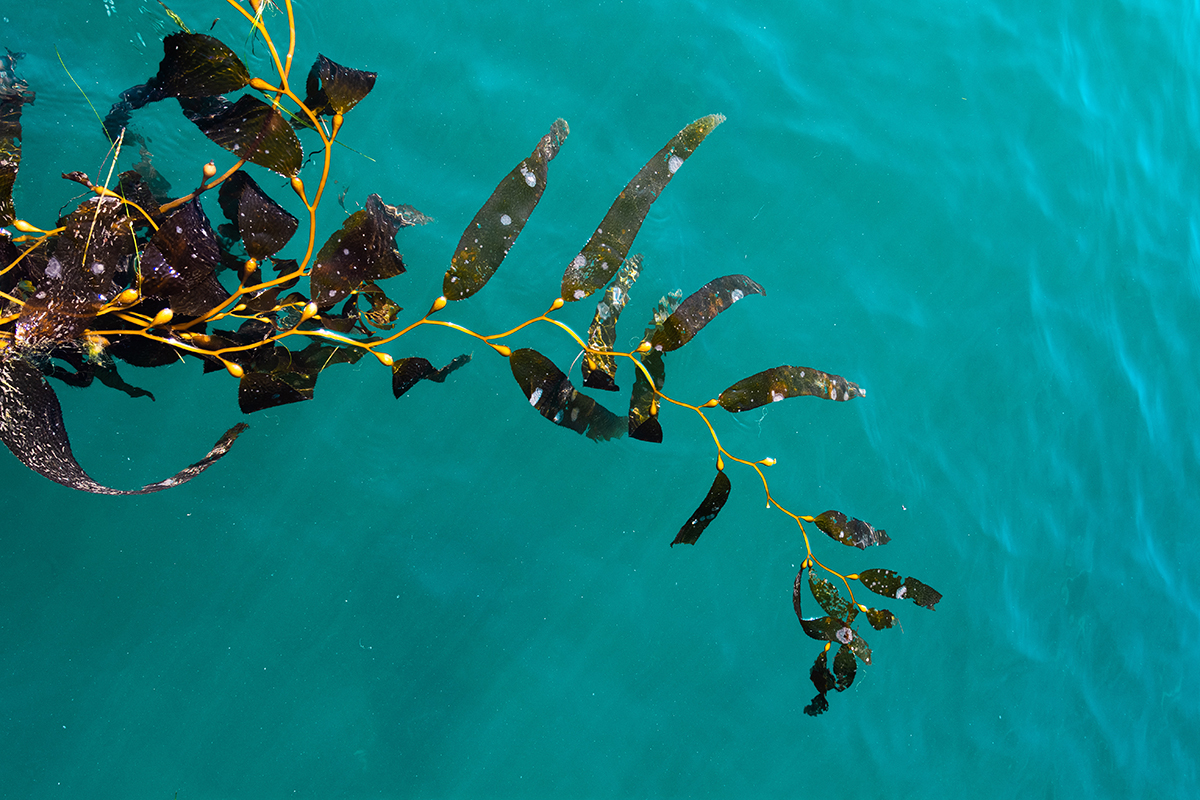
Bear likes to forage for sea lettuce, which is bright green and looks a lot like regular lettuce. Sea lettuce is full of protein, fiber, and iron. He also looks out for dulse, which is red in color and has blades that look like wide pasta; gutweed, which is bright green and can be eaten raw; and carrageenan moss (also known as Irish moss), which is used in commercial products like ice cream.
Kelp is dark brown and makes nice seaweed crisps (chips) when cooked in the oven, while laver is used to make “laverbread” and is also used in Japan to make nori.
Mollusks and Crustaceans
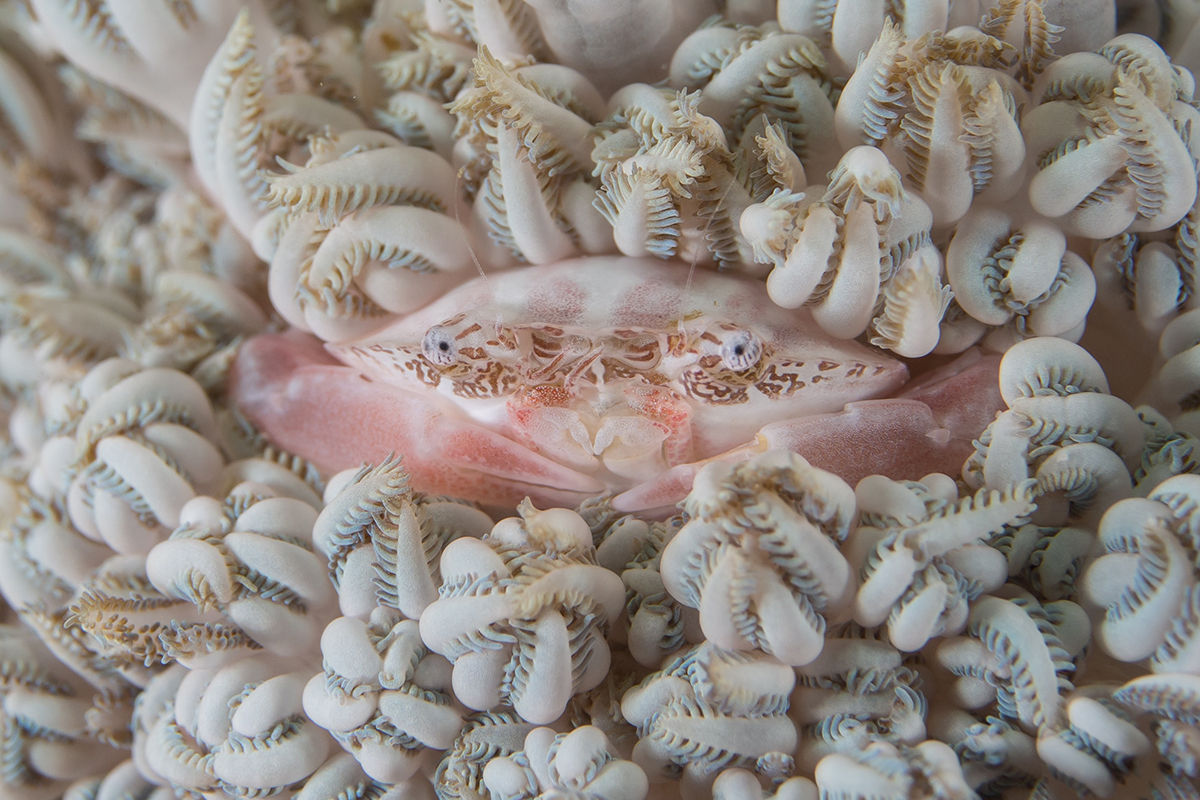
Bear also forages for mollusks, crustaceans, and other shellfish. The mollusks he looks out for include mussels, cockles, oysters, limpets, and clams.
“If you’ve ever come across a mussel bed at low tide, you’ll know how incredibly plentiful they can be—a real life-saver in a survival situation,” says Bear.
However, mollusks can be dangerous, so always harvest them from clean waters away from ports or sewage outlets, check when they are in season, and learn to identify if they are alive or not—do not eat mollusks that you find dead.
Other Foods to Forage From the Beach

Sea urchins are another good foraging option. The edible parts are the gonads and the eggs. To get at them, split the urchin in half with your knife and scrape away the sand and guts.
Other foods Bear looks out for are brown crabs, sea cucumbers, and octopus, which are hard to catch. Bear also looks out for seabirds—which he says are tricky to catch but edible.
3 Final Beach Foraging Tips
- Watch out for tides, which are different in each area of coast and can come in very fast.
- Ask for local knowledge whenever possible.
- If there are large waves hitting the shore, watch them for a half-hour to see what areas of rocks they are pounding before going into the water.

